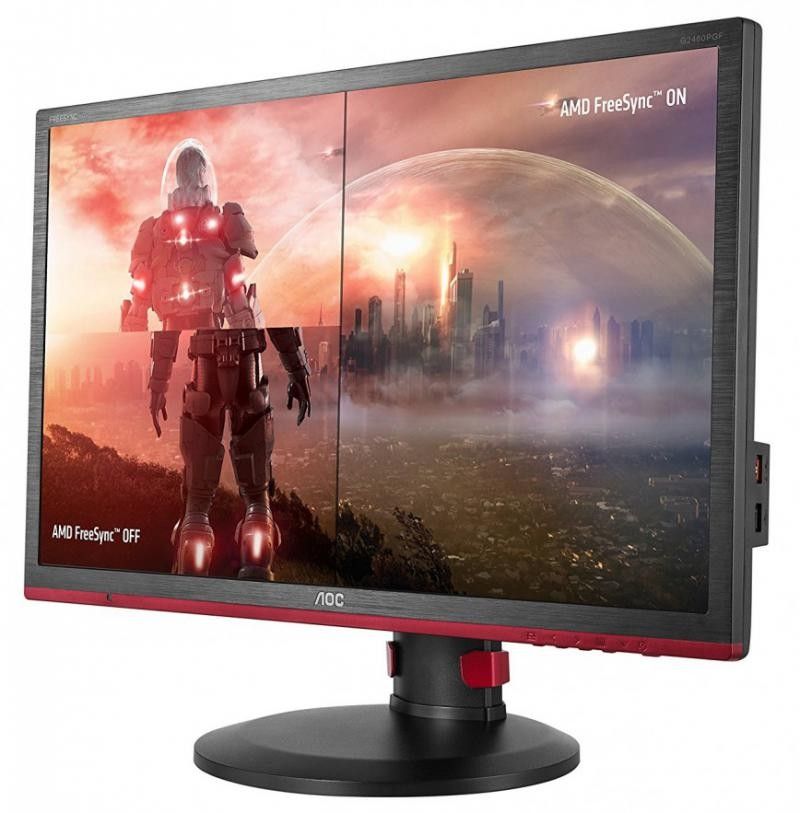TV features
Nowadays, LCD TVs mainly predominate on sale, increasingly displacing plasma analogues from the market.
The content of the article
What functions should be present in a modern TV?
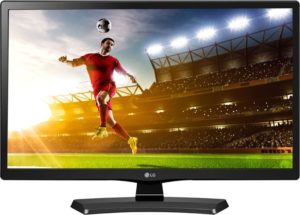 Let's look at what is the fundamental difference between them, what are the pros and cons, and the functions of modern TVs. What you should pay attention to when choosing, and what new technologies are used in the most modern blue screens.
Let's look at what is the fundamental difference between them, what are the pros and cons, and the functions of modern TVs. What you should pay attention to when choosing, and what new technologies are used in the most modern blue screens.
Plasma TV. The peculiarity of “plasma” is that the screen consists of matrices filled with a special inert gas. Under the influence of voltage, this substance turns into a plasma state and glows.
The main advantages of this type of TV are:
- due to fast image updating, excellent clarity of moving objects;
- large viewing angles;
- deep blacks and high contrast.
Their main disadvantages include:
- this technology does not allow the production of models with small diagonals;
- high energy consumption;
- relatively greater weight compared to LCD screens;
- lower picture brightness, which is especially noticeable in well-lit rooms.
Liquid crystal. What functions should a modern TV have? Based on the type of screen backlight, LCD TVs are divided into LCD (liquid crystal display), where the glow is provided by fluorescent or fluorescent lamps, and LED (Light-emitting diode), where diode lamps are used.
Advantages:
- low power consumption;
- thin body;
- wide choice of diagonals;
- increased service life;
- significant image brightness;
- light weight.
Flaws:
- picture distortion at large viewing angles;
- lower contrast and black color saturation;
- The quality of video with low resolution is worse than on plasma.
IMPORTANT It should be noted that LED TVs are superior to LCDs in a number of parameters - lower power consumption, higher contrast, natural colors and image clarity, and the absence of mercury in the LED matrix. The disadvantage is the higher price.
What features should a modern TV have? When buying a TV, people most often pay attention to screen brightness, diagonal, sound quality and possibilities for improving it. Compatibility with gadgets and ease of control via the remote control and ease of use of the menu. Availability of a built-in media player, number of USB, VGA and HDMI connectors. For advanced users, it is important to have a wireless connection to the Internet or via cable and data exchange technologies.
Data exchange
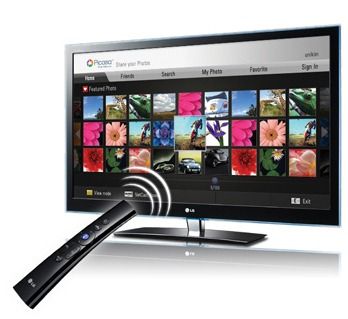 Premium-level TVs are increasingly using data exchange technologies between devices, let’s highlight the main ones:
Premium-level TVs are increasingly using data exchange technologies between devices, let’s highlight the main ones:
- DLNA – connects Hi-Tech devices into a local network.
- Miracast - allows you to transfer information via Wi-Fi, without connecting to a LAN network.
- WiDi – provides transfer of video broadcast on the gadget via Wi-Fi.
- NFC is a fast and convenient pairing of mobile devices or a computer with a TV receiver.
Smart TV
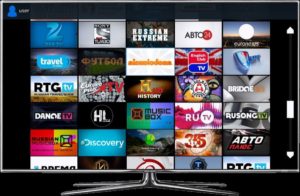 Smart TV technology provides an Internet connection to access applications and broadcast various content. In this case, it is more convenient to use a smartphone as control if the TV has such an opportunity.
Smart TV technology provides an Internet connection to access applications and broadcast various content. In this case, it is more convenient to use a smartphone as control if the TV has such an opportunity.
3D support
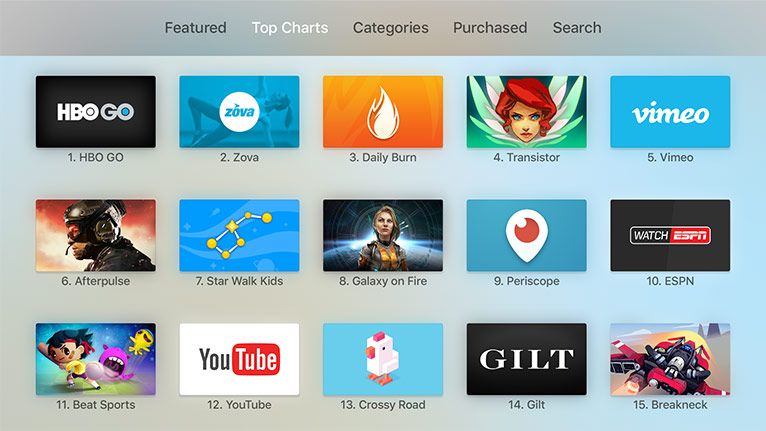 3D technologies can be active or passive.Active ones provide high image quality without additional software settings, which increases the cost of the receiver. Passive ones are convenient to use and easier to manufacture, so models with them are cheaper.
3D technologies can be active or passive.Active ones provide high image quality without additional software settings, which increases the cost of the receiver. Passive ones are convenient to use and easier to manufacture, so models with them are cheaper.
Advanced 3D TVs have the following features:
- PiP technology – picture in picture.
- Converting a flat image into a three-dimensional one.
- Controlling the depth of a three-dimensional image.




